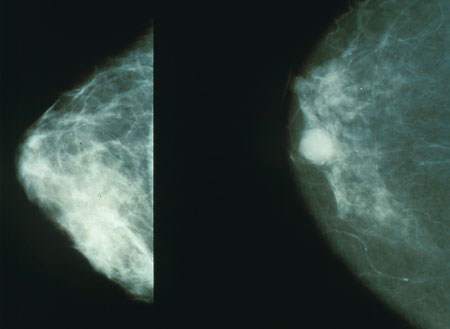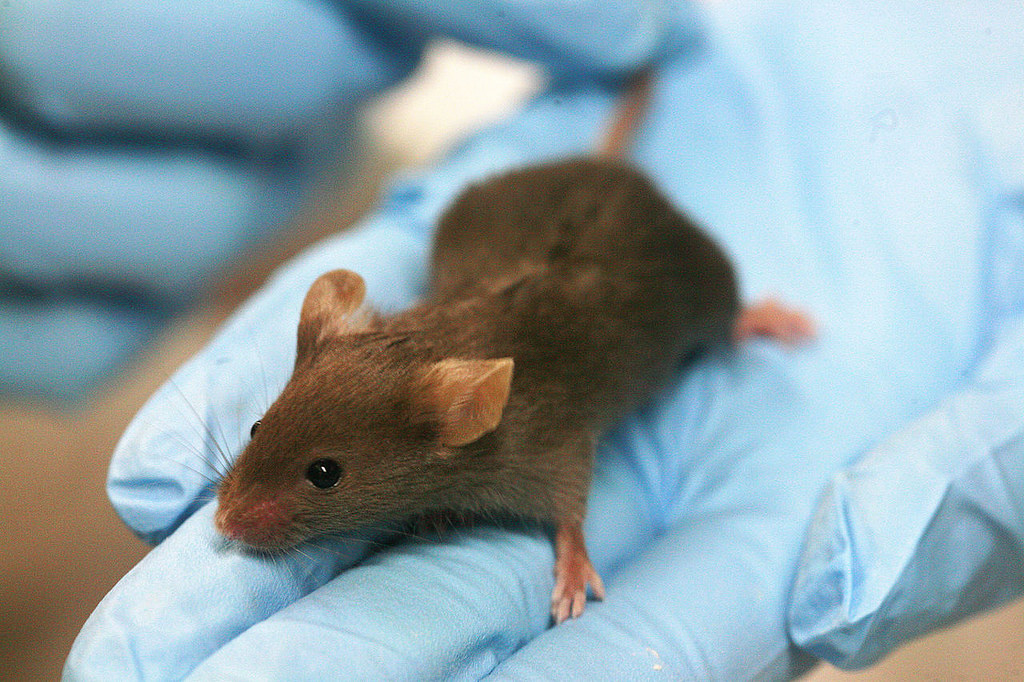An unexplained result shows why studying the effects of chemicals is so tricky
Even in the lab, it's not easy to control every part of the process
Toxicologists are no strangers to mysteries. In fact, investigating unexpected results caused by unintentional chemical contamination in the laboratory has a storied history in the environmental health field.
In the late 1980’s, researchers at Tufts University accidentally discovered that certain plastic components caused estrogen-responsive cells to grow uncontrollably. Their findings spurred extensive work on endocrine disrupting chemicals (EDCs), which can interfere with normal hormonal activity in the body. Bisphenol-A (BPA), found in many plastic products, is a common example of an EDC.
Following in this tradition, researchers at the University of Massachusetts Amherst recently conducted some important toxicology detective work. They noticed that the mammary glands of adult male mice raised in a commercial laboratory that supplies mice for scientists were larger and more developed than the mammary glands of mice raised in their own laboratory.

Evidence from animal models is accumulating that perinatal exposure to BPA alters breast development and increases breast cancer risk.
National Cancer Institute
Scientists use rodent mammary glands as models of human breasts, which allow them to better understand their growth and development as well as risk factors and treatments for diseases like breast cancer. Toxicologists have paid particular attention to how mammary glands change after exposure to EDCs, since the chemicals can interfere with hormonal activity and mammary glands are especially responsive to hormonal signals.
So, when the UMass Amherst researchers noticed a difference in the mammary glands between the two groups of theoretically similar mice, it set off some alarm bells. Could an unidentified EDC exposure in the commercial lab be the culprit? And if so, could this potential EDC exposure impact the ability of scientists and policy-makers to draw conclusions from toxicological experiments?
Comparing gland growth
To find out, the researchers carefully compared the mammary glands and blood hormones between the two groups of mice. One group was ordered directly from a commercial supplier. The other group was ordered from the same commercial supplier and then bred for two generations to produce offspring that were raised in their own lab under controlled conditions to minimize exposure to EDCs.

The findings supported their preliminary observations: the mammary glands in the male mice raised entirely in the commercial lab were larger and more developed than those of male mice raised in their own lab. In fact, the glands of the commercially-raised mice actually mirrored those of mice from that had been intentionally exposed to BPA during early development for different experiments.
By contrast, female mice had smaller and less developed mammary glands at puberty. While this difference in response may at first seem counter-intuitive, endocrine disruptors are complicated. Because they interfere with hormones, which are gender-specific, EDCs have the potential to affect males and females in different ways.
Contemplating the culprit
Although the researchers found differences between the two sets of mice, they didn't immediately know why. A simple explanation would have been that different amounts of hormones were circulating at the time they examined the mice, which might have influenced their body composition. Yet, the researchers detected no significant differences in estrogen, the primary hormone that drives mammary gland development, between the two groups.
It's also unlikely that genetic differences could have contributed to the distinct mammary gland growth, given that the non-commercially raised animals were actually only two generations removed from the original commercial strain. Such drastic genetic changes do not usually occur over such short cycles.
Although the researchers weren't able to confirm their hypothesis with specific tests, they concluded that the difference in gland size was more likely due to the effects of EDC exposure during the mice's early life in the commercial laboratory. Exposures to EDCs during sensitive windows of development in early life have the potential to cause long-lasting changes, including in the mammary gland.
Considering the consequences
These findings, which suggest that animals raised in commercial labs may be exposed to EDCs, could impact how we interpret toxicological studies.
One main reason is a concept toxicologists have developed called the "two-hit" model, which suggests that an exposure to EDCs early in life makes an individual more sensitive to the effects of a second exposure later in life. That means early exposures to EDCs in commercial laboratories might prime animals for more pronounced responses when treated with a test chemical in an experiment later in life. In other words, some laboratory experiments may be erroneously linking the test chemical to an outcome that is actually due to a combination of the test chemical and being exposed to EDCs earlier in life.
This study only evaluated animals from one commercial lab, and conditions may differ in other labs. But the possibility that animals could be subject to different unintentional exposures may affect our ability to compare studies and pool data from diverse labs to make science-based policies. This issue may also partially explain why research and policy on EDCs has been so controversial, with different labs generating different results about the same chemicals.
These differences also have implications for a controversial practice in the field of toxicology: the use of “historical controls.” Sometimes, scientists compare the changes in treated animals from one study to a database of untreated animals from a collection of previous studies. This practice can provide researchers with a better sense of whether the treated animals they are studying are truly different than a normal animal. But as this study shows, it's possible that control animals raised in some commercial laboratories may be exposed to EDCs, meaning it would be inappropriate to compare them to treated animals raised in different environments. The presence of too many differing variables could make it difficult to make an accurate comparison.
Taken together, these findings suggest that both scientists and the public should be cautious when interpreting certain toxicology studies. While the researchers did not conclusively confirm the linkage to early life EDC exposure, this highly likely explanation shows that, at least in some cases, there may be factors behind the scenes that could be influencing the results of toxicology experiments.
How should the scientific community address the implications of this study? While researchers could try to mitigate the impact of these exposures on their subsequent toxicological experiments by screening animals prior to beginning their work, a better approach would be to improve the handling of animals in commercial facilities through strict standards. Exposures to EDCs, among other chemicals, should be minimized. If such exposures continue, it may be hard to trust the results of these toxicological studies, which could impede the development of appropriate, evidence-based environmental health policies and protections for the population.